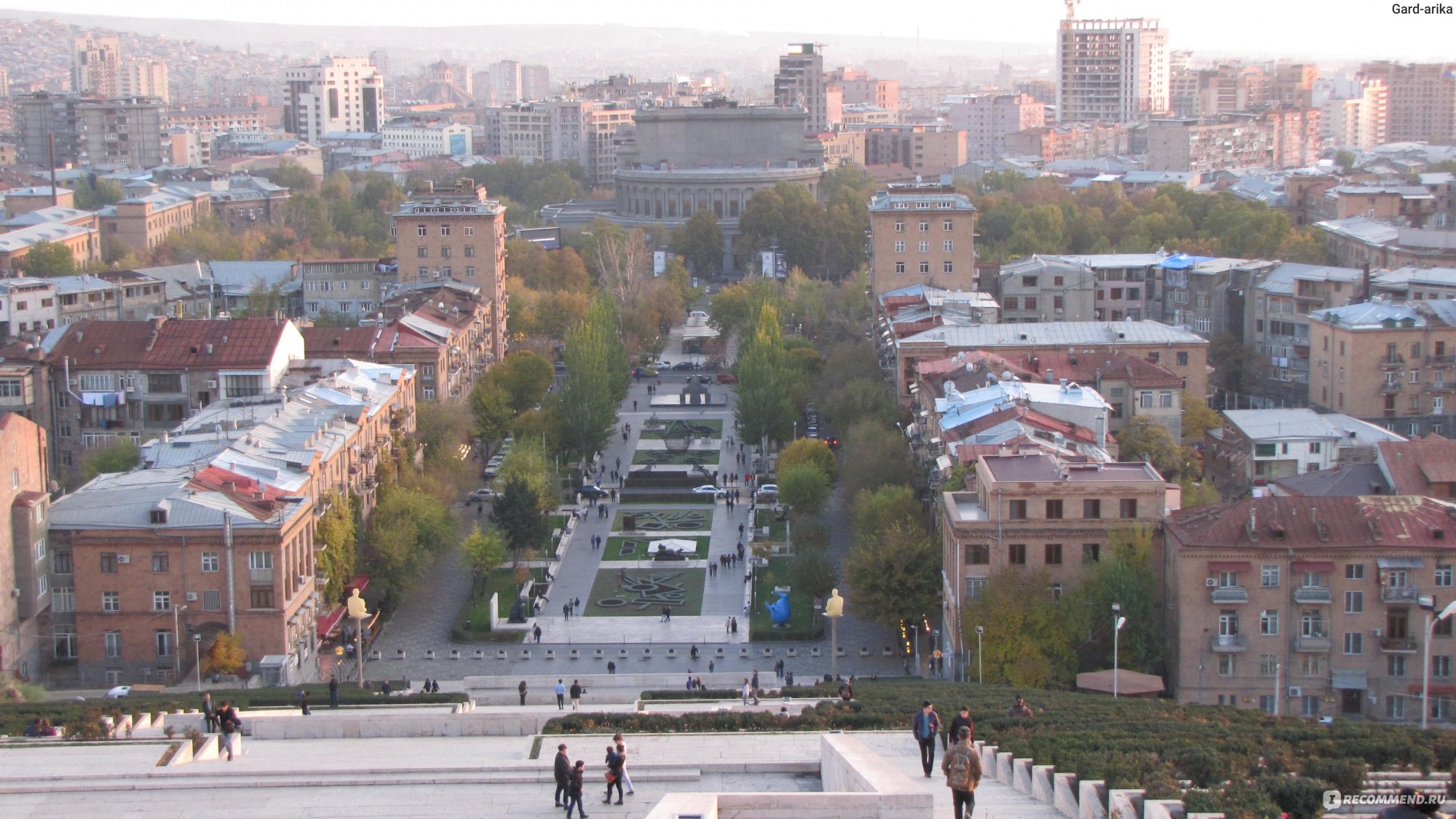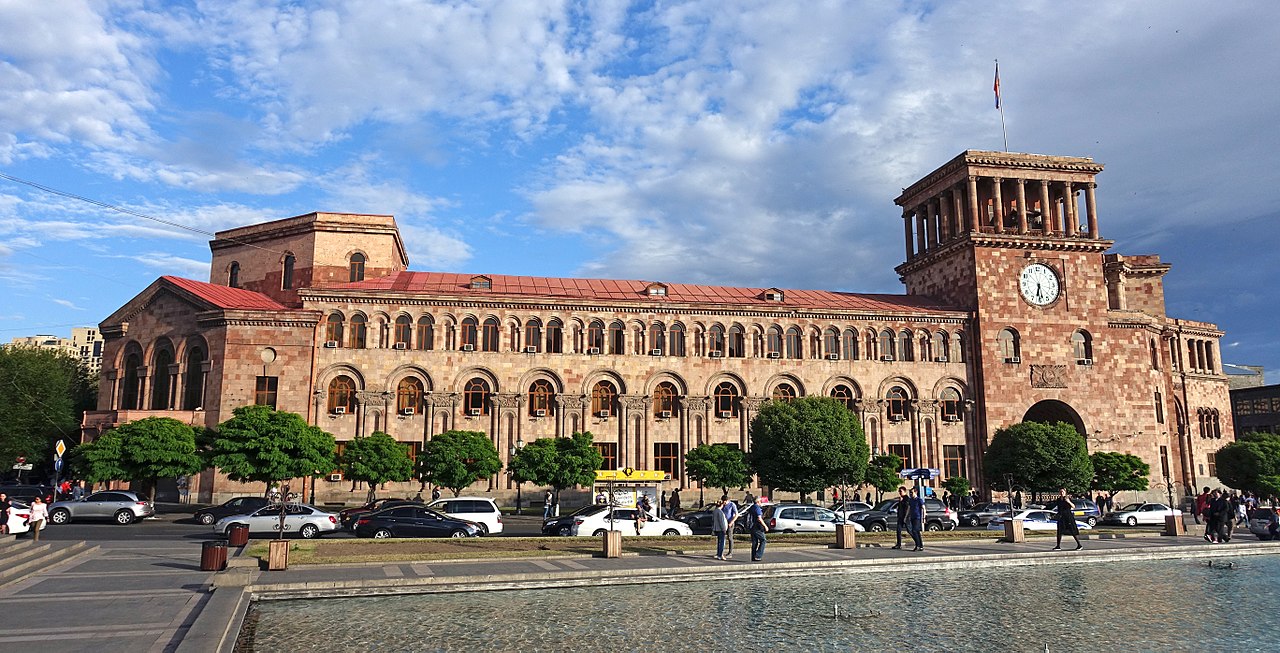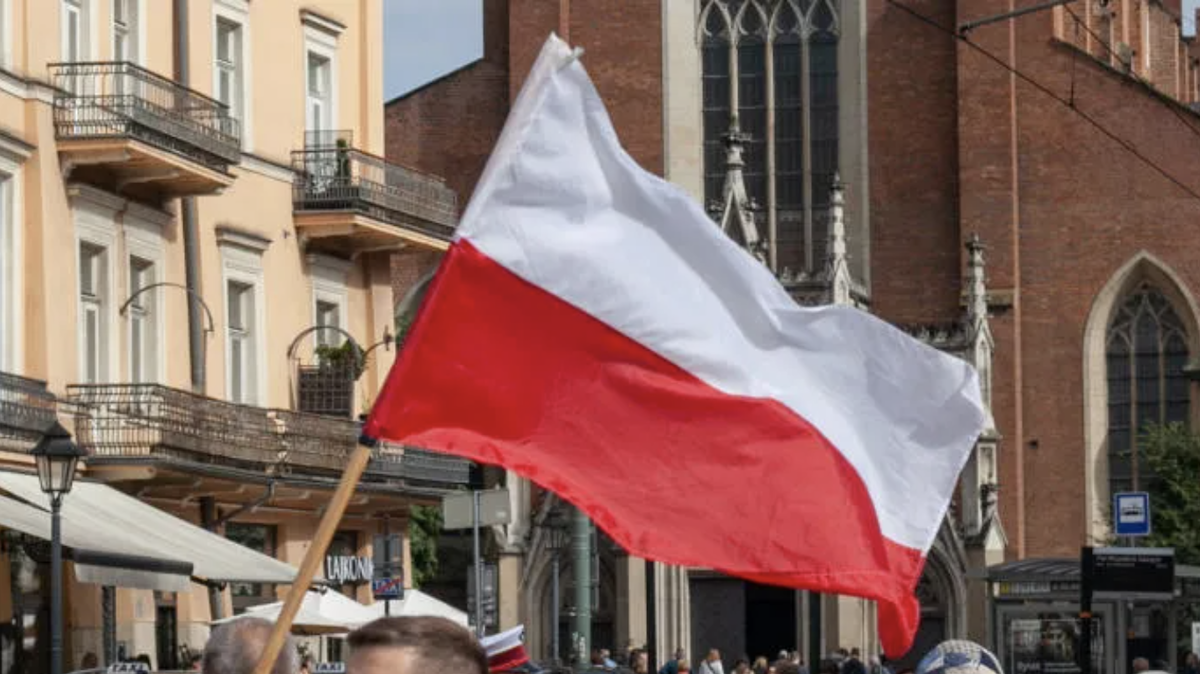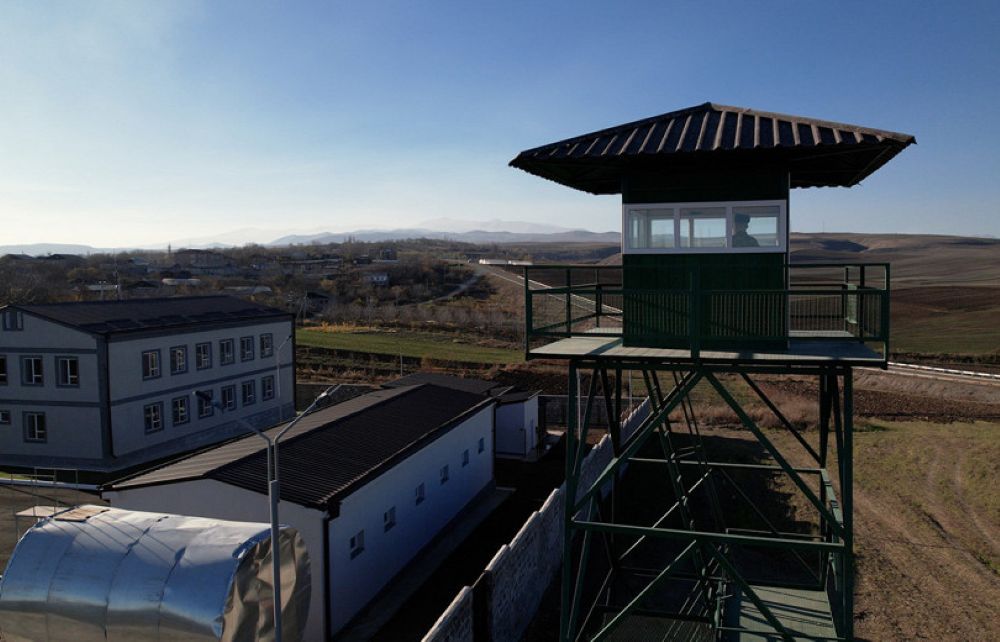"Economic growth in Armenia is unstable": analysis of the situation and expert's forecast
On the problems of the Armenian economy
The Armenian government intends to achieve economic growth of 7% in 2024. Prime Minister Nikol Pashinyan stated that the macroeconomic stability observed in the country is the most important tool for managing challenges and capitalizing on opportunities.
According to economist Lilia Amirkhanyan, macroeconomic indicators do point to positive trends in the economy. But the factors driving this, she says, are external, and warns that without them Armenia’s economy will face serious problems.
“Macroeconomic stability is one of the most important achievements”
During the preliminary discussions on the state budget for 2024, the Prime Minister said that macroeconomic stability is one of Armenia’s most important achievements:
“We were able to maintain it during the war, internal political instability and the coronavirus pandemic. Armenia continues to maintain the level of high economic growth for the second year in a row.”
According to Pashinyan, macroeconomic stability was also facilitated by “a principled and systematic fight against corruption”.
Armenia should increase its economic growth potential
According to Finance Minister Vahe Hovhannisyan, “the services sector will remain the driving force of Armenia’s economic growth, and consumption will remain the driving component.” He believes that the inflow of investments and exports will also contribute to growth.
When asked by MPs what Armenia’s economic growth will be like without the positive influence of external factors, the minister replied:
“Armenia’s economic growth potential is estimated at 5.5%. The scale of this potential depends on the investments, diversification of our economy and the reforms we are implementing. The main efforts of the government should be directed precisely at increasing this potential.”
Comment
Economist Lilia Amirkhanyan says that all the factors that have been the drivers of Armenia’s economy over the past year and a half are still going, but are mainly external, largely due to the economic effect of the Russian-Ukrainian war, i.e. migrants and cash remittances.
The expert notes that two “cornerstone areas of the economy” – industry and agriculture – are significantly lagging behind the growth rate. She is alarmed that the agricultural sector continues to be at ground zero, while industry is recording a decline.
“The economic growth in trade, service, services and construction is steady. These sectors dominate both the GDP structure and the economic activity index.”
But the recorded economic growth is unstable and the cessation of external factors will cause major problems:
“We will face the problem of an economy with declining industry, agriculture and agrarian sector and exports. These problems already exist, but the indicators of other sectors so far give us the opportunity to cover the gap.”
As for the influx of Armenians who left NK for Armenia, the expert said they could become a “stimulus” for economic activity:
“If additional value is to be created as a result of increased state budget expenditures and return to the state budget, this is a natural phenomenon, not a negative one. The problem is the lack of institutional mechanisms and inefficiency, not only in the case of migrants from Artsakh, but also in the case of Russian migrants.”
Follow us – Twitter | Facebook | Instagram
On the problems of the Armenian economy





















